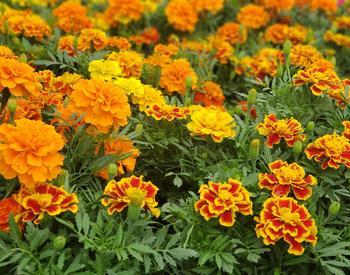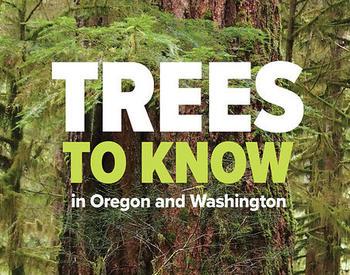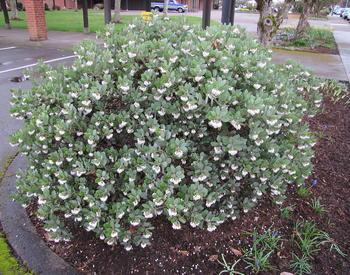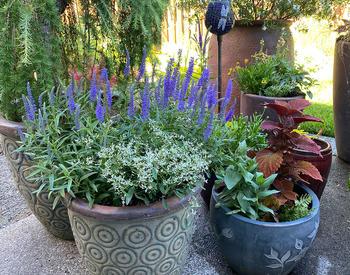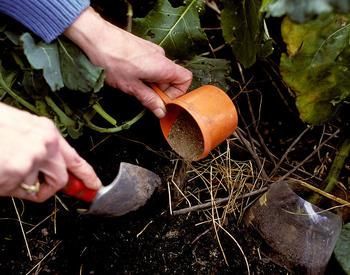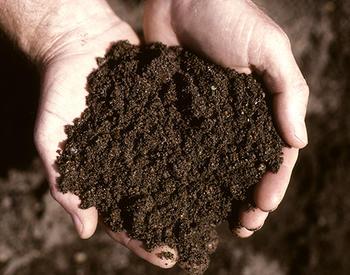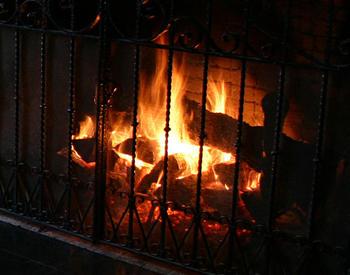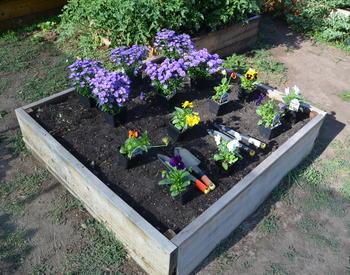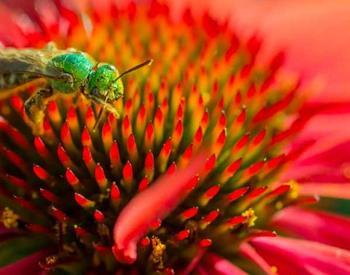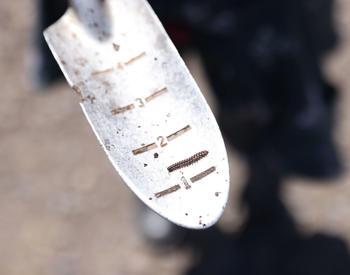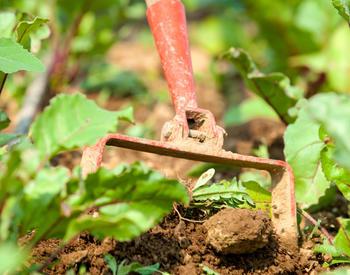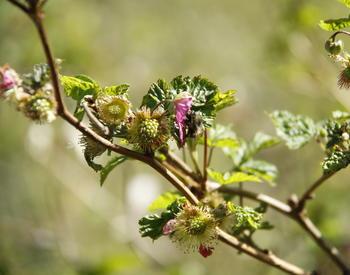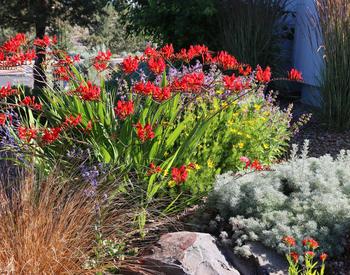- Anther — The pollen sac on a male flower.
- Apex — The tip of a shoot or root.
- Apical dominance — The tendency of an apical bud to produce hormones that suppress the growth of buds below it on the stem.
- Axil — The location where a leaf joins a stem.
- Cambium — A layer of growing tissue that separates the xylem and pholem and continuously produces new xylem and pholem cells.
- Chlorophyll — The green pigment in leaves that is responsible for trapping light energy from the sun.
- Chloroplast — A specialized component of certain cells; contains chlorophyll and is responsible for photosynthesis.
- Cortex — Cells that make up the primary tissue of the root and stem.
- Cotyledon — The first leaf that appears on a seedling. Also called a seed leaf.
- Cuticle — A relatively impermeable surface layer on the epidermis of leaves and fruits.
- Dicot — Having two seed leaves.
- Epidermis — The outermost layer of plant cells.
- Guard cell — Epidermal cells that open and close to let water, oxygen and carbon dioxide pass through the stomata.
- Internode — The space between nodes on a stem.
- Meristem — Specialized groups of cells that are a plant's growing points.
- Mesophyll — A leaf's inner tissue, located between the upper and lower epidermis; contains the chloroplasts and other specialized cellular parts (organelles).
- Monocot — Having one seed leaf.
- Node — An area on a stem where a leaf, stem or flower bud is located.
- Ovary — The part of a female flower where eggs are located.
- Petiole — The stalk that attaches a leaf to a stem.
- Pholem — Photosynthate-conducting tissue.
- Photosynthate — A food product (sugar or starch) created through photosynthesis.
- Photosynthesis — The process in green plants of converting carbon dioxide and water into food (sugars and starches) using energy from sunlight.
- Pistil — The female flower part; consists of a stigma, style and ovary.
- Respiration — The process of converting sugars and starches into energy.
- Stamen — The male flower part; consists of an anther and a supporting filament.
- Stigma — The top of a female flower part; collects pollen.
- Stoma (pl. stomates, stomata) — Tiny openings in the epidermis that allow water, oxygen and carbon dioxide to pass into and out of a plant.
- Style — The part of the female flower that connects the stigma to the ovary. Pollen travels down the style to reach the ovary, where fertilization occurs.
- Transpiration — The process of losing water (in the form of vapor) through stomata.
- Turgor — Cellular water pressure; responsible for keeping cells firm.
- Vascular tissue — Water-, nutrient-, and photosynthate-conducting tissue (xylem and pholem).
- Xylem — Water- and nutrient-conducting tissue.

